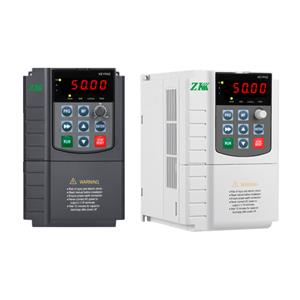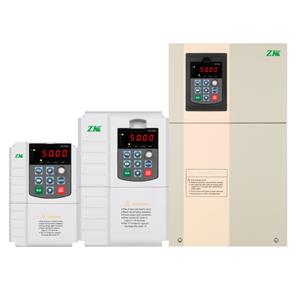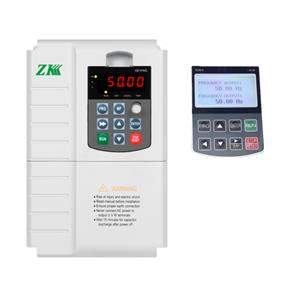Engineering design philosophy of solar inverters.
In the relentless pursuit of cultivating sustainable practices within the domains of agriculture and hydro resource management, solar-powered pump inverters are positioned at the vanguard of technological progress. These devices embody the synergy between renewable energy advancements and the pragmatic requisites of irrigation processes. A meticulous comprehension of the engineering design principles that underpin solar-powered pump inverters is imperative for augmenting their operational efficiency, economic viability, and ecological merits.
Core Design Principle I: Optimization of Energy Efficiency
Integral to solar-powered pump inverters' functionality is their proficiency in transforming photovoltaic (PV) arrays' direct current (DC) output into alternating current (AC) necessary to actuate water pumps, an application predominantly situated in locales where conventional power infrastructure is either inaccessible or unreliable. The conceptualization of these devices is anchored in critical design precepts tailored to address the distinctive challenges posed by solar energy harnessing.
Chief among these is the quest for optimal energy efficiency. Given that solar irradiance offers plentiful yet inherently variable resources, solar-powered pump inverters' prowess lies within their capacity to effectuate energy transmutation with minimal dissipation. Engineers are engrossed in the enhancement of semiconductor technology, leveraging compounds such as silicon carbide (SiC) and gallium nitride (GaN). These materials eclipse traditional silicon variants by offering superior conductivity and reduced resistive losses, thereby propelling the devices' overall energetic performance.
Core Design Principle II: Reliability and Endurability
Secondary to efficiency, the emphasis on solar-powered pump inverters' endurance and steadfast functionality cannot be overstated. Operating across a spectrum of environmental vicissitudes—from arid terrain to humid tropical ecosystems—the devices demand construction from high-durability components conjoined with protective mechanisms such as ingress protection (IP) ratings to resist the encroachment of particulates, moisture, and thermal fluctuations. These robust design standards extend to incorporate contingencies against electrical adversities, ensuring overvoltage, overcurrent, and surge fortifications are in place.
Core Design Principle III: Adaptative and Scalable Configurations
As a tertiary principle, the inherent adaptability and scalability of solar-powered pump inverters merit consideration. The devices are expected to cater to a plethora of pump configurations, embrace fluxes in solar influx, and address an array of water sourcing variables, including depth and flow rates. Integration of state-of-the-art Maximum Power Point Tracking (MPPT) algorithms into the devices' design is pivotal, certifying that photovoltaic modules maintain peak performance irrespective of diurnal solar intensity oscillations.
Core Design Principle IV: User-Centricity
A user-oriented methodology presides over solar-powered pump inverters' design ideology. Given the intricate nature of these devices' networks, interfaces that are intuitive and facilitate straightforward monitoring, regulation, and diagnostic efforts are indispensable. The proliferation of remote surveillance capabilities is emblematic of this principle, offering users the convenience of system assessments through digital devices, thereby enhancing serviceability and curtailing operational interruptions.
Core Design Principle V: Ecological Responsibility
Finally, the overarching narrative of sustainability steers the entire design discourse. Each stage of solar-powered pump inverters' lifecycle engenders due consideration—manufacture, active deployment, and decommissioning. This holistic view incorporates the choice of durable and recyclable materials, lean-manufacturing techniques aimed at carbon footprint minimization, and an overarching commitment to the promotion of energy conservation aiding in the curtailment of greenhouse gas emissions.
These foundational design precepts ensure that solar-powered pump inverters transcend their practical function as irrigation facilitators to act as instruments propelling us towards an ecologically balanced future. By embracing cutting-edge innovations and deliberate engineering philosophies, such devices solidify their pivotal role within the contemporary agricultural tapestry, offering a crucial lifeline in areas plagued by water scarcity while aligning with global imperatives to judiciously steward the Earth’s natural bounty.
In summation, as the clarion call for sustainable energy alternatives intensifies amidst the present climate crisis, solar-powered pump inverters crystallize the zenith of human creativity. The devices represent a design paradigm that amalgamates efficiency, reliability, adaptability, user engagement, and ecological conscientiousness—principles that undergird their persistent evolution and forthcoming integration into agricultural praxes worldwide.




